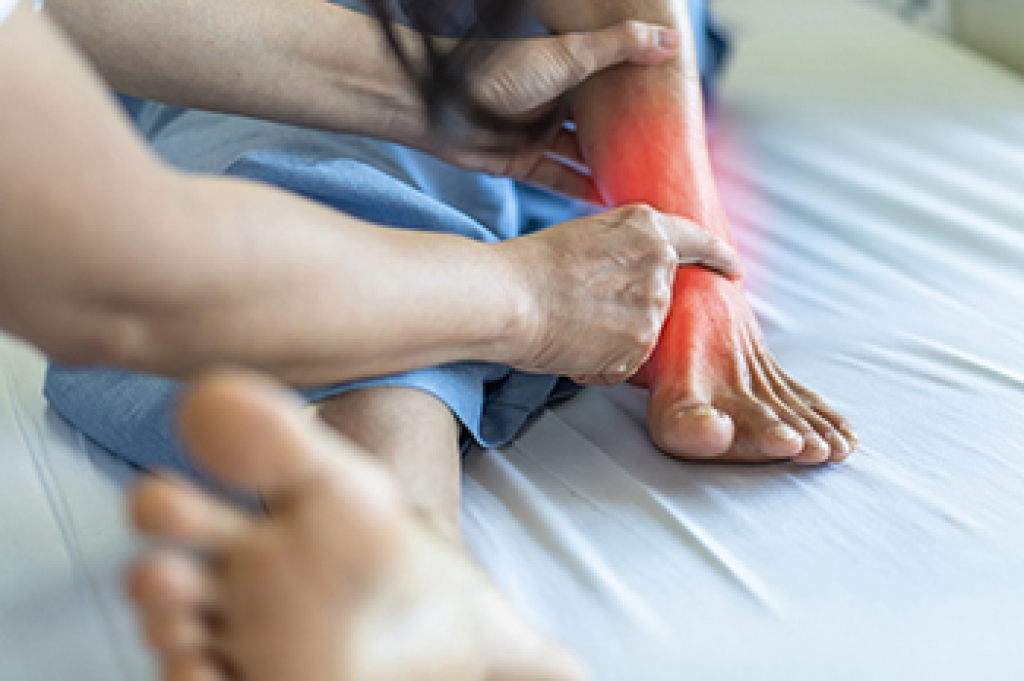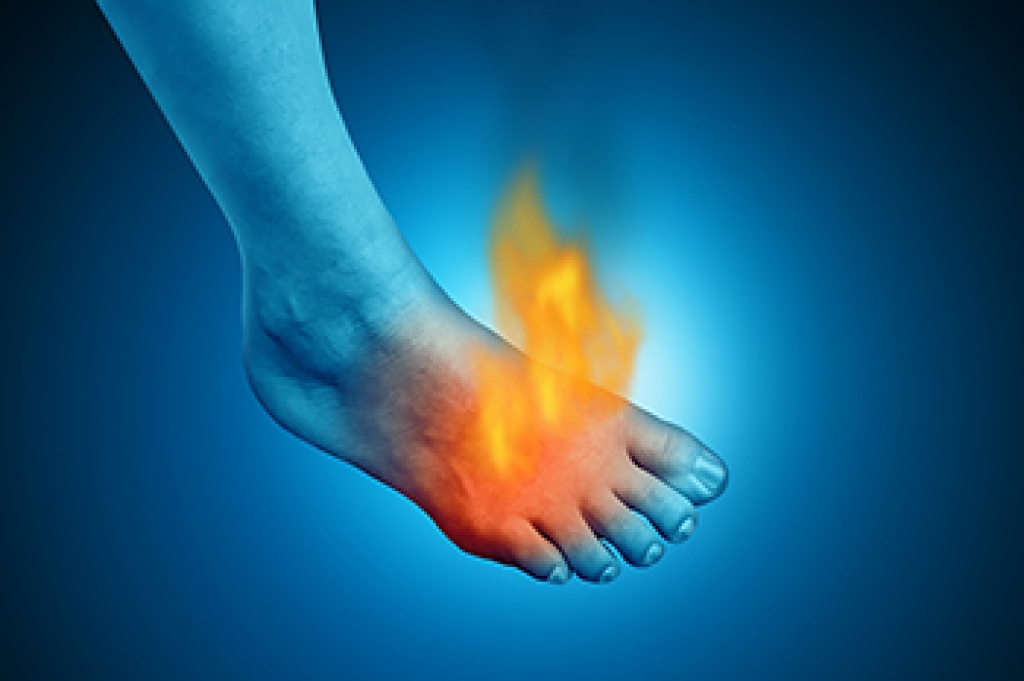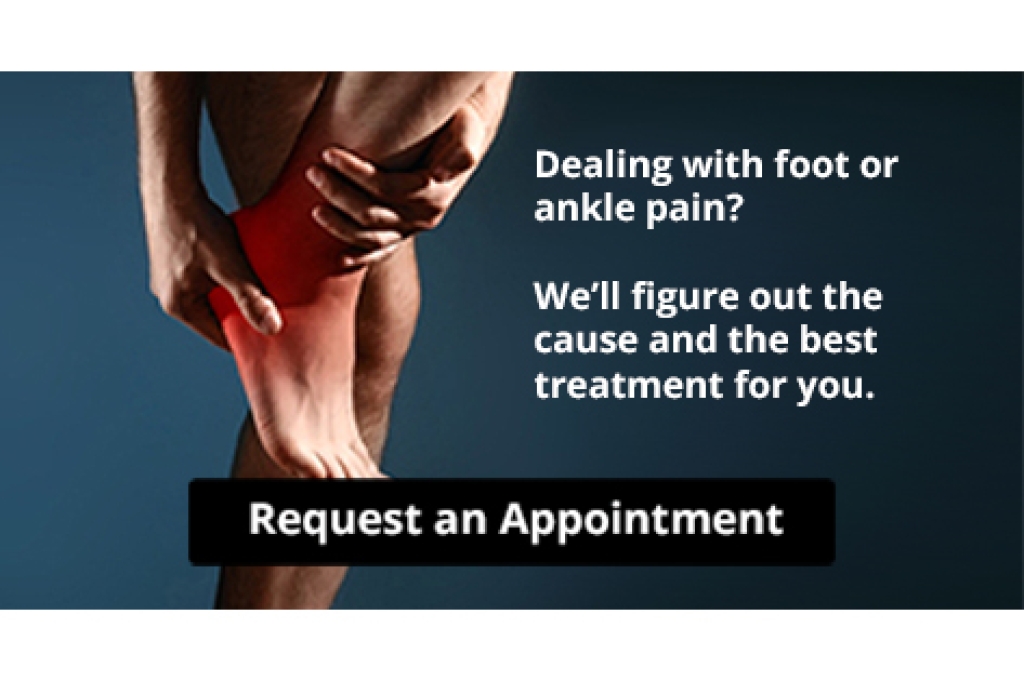 Running is a well-known sport that is loved by many people. However, without the proper knowledge of technique and equipment, many people can suffer running injuries. To avoid these types of injuries, it’s beneficial to gain knowledge on specific prevention tips you can practice while performing the sport. Strengthening your body is an important step in this process. Activation exercises can be useful to look into and perform before you go on a run, that way your body is prepared for physical activity. Increasing the intensity of your runs must be done gradually or your body will react negatively. Another factor in injury prevention is proper footwear. Your shoes should fit comfortably and also offer the necessary support features for the type of running you enjoy. For more information on how to prevent running injuries, please consult with a podiatrist for professional advice and care.
Running is a well-known sport that is loved by many people. However, without the proper knowledge of technique and equipment, many people can suffer running injuries. To avoid these types of injuries, it’s beneficial to gain knowledge on specific prevention tips you can practice while performing the sport. Strengthening your body is an important step in this process. Activation exercises can be useful to look into and perform before you go on a run, that way your body is prepared for physical activity. Increasing the intensity of your runs must be done gradually or your body will react negatively. Another factor in injury prevention is proper footwear. Your shoes should fit comfortably and also offer the necessary support features for the type of running you enjoy. For more information on how to prevent running injuries, please consult with a podiatrist for professional advice and care.
All runners should take extra precaution when trying to avoid injury. If you have any concerns about your feet, contact Vincent, Vess of Fourth River Foot & Ankle. Our doctor will treat your foot and ankle needs.
How to Prevent Running Injuries
There are a lot of mistakes a runner can make prior to a workout that can induce injury. A lot of athletes tend to overstretch before running, instead of saving those workouts for a post-run routine. Deep lunges and hand-to-toe hamstring pulls should be performed after a workout instead of during a warmup. Another common mistake is jumping into an intense routine before your body is physically prepared for it. You should try to ease your way into long-distance running instead of forcing yourself to rush into it.
More Tips for Preventing Injury
- Incorporate Strength Training into Workouts - This will help improve the body’s overall athleticism
- Improve and Maintain Your Flexibility – Stretching everyday will help improve overall performance
- “Warm Up” Before Running and “Cool Down” Afterward – A warm up of 5-10 minutes helps get rid of lactic acid in the muscles and prevents delayed muscle soreness
- Cross-Training is Crucial
- Wear Proper Running Shoes
- Have a Formal Gait Analysis – Poor biomechanics can easily cause injury
If you have any questions, please feel free to contact our offices located in Pittsburgh, White Oak, and McKeesport,PA . We offer the newest diagnostic and treatment technologies for all your foot care needs.




